Organic chemistry is a notoriously hard subject. Now imagine learning it via Zoom.
Labs and lectures — from Organic Chemistry and Physical Chemistry to Introductory Chemistry and upper-level seminars, they all went remote in March 2020. Then, they painstakingly evolved as chemistry instructors at Michigan Technological University adapted their teaching styles and spaces during the 2020-21 academic year. Here are a few of their stories.
"Functioning during the pandemic is all about flexibility — mindset, timing, technology — but it was a double-edged sword. Too much flexibility in teaching styles and time to tackle work resulted in situations where it was easy to be overwhelmed. Preparation was essential. It was a lot of work for us, and for students; if there is only an hour available for lab, then we all have to come ready to go."
ChARM'd Smoke
Teaching chemistry is not all smoke and mirrors, but sometimes it is Liquid Smoke. Simeon Schum uses the flavoring’s complex of aromatics and other smoke-derived organic compounds to demonstrate how the Orbitrap Elite mass spectrometer works. Housed in the Chemical Advanced Resolution Methods (ChARM) Laboratory, the mass spec specializes in detecting molecules in messy, complex solutions like wastewater, tears, sooty clouds and, yes, Liquid Smoke. Schum is the research specialist in the Department of Chemistry who manages the ChARM Lab.
Through remote instruction, hybrid classes and adaptive lesson plans, instructors in Michigan Tech’s Department of Chemistry helped their students through the pandemic. None of them want to do it again — but the pandemic’s challenges and silver linings varied between instructors, students and classes. Some profs learned they liked online lectures and want to keep them. Some dreaded hybrid class prep, with its inevitable tech issues and 600-plus separate containers needed to run a single lab experiment. They’re grateful for teaching assistants (TAs). Most are still weary. One plans to burn the face shield they wore during in-person lectures — Viking funeral pyre-style.
For all of them, distance-based methods of teaching chemistry — a subject that is traditionally lab-based and hands-on, but also abstract and akin to learning a new language — was a shared hardship. Their stories offer a glimpse into what many instructors faced and overcame during the first year of the pandemic.
"The level of interest, enthusiasm and focus of the students in a Zoom class surprised me. Most of the time I felt that Zoom could not foil the main objectives of my teaching. If both sides — the students and the instructor — are sincere and interested, and if the instructor is passionate, the quality of learning remains high, even in a remote setting."
"What surprised me about hybrid teaching is how we were able to give the lab experience with social distancing to students and not sacrifice the learning goals of each lab. Students and faculty quickly adapted to the hybrid learning environments. We could not have been successful without support from the Center for Teaching and Learning."
The Kinetics of Instruction
Much like lab gloves, teaching rarely succeeds with a one-size-fits-all approach, and the COVID-19 pandemic is no exception. Even as classrooms, offices, cafeterias and local businesses continue to reopen, the pandemic and its impact on education is far from over. That makes class format an important part of the conversation in reflecting on and recovering from the initial changes wrought by COVID-19 safety protocols.
Classes that were fully remote — taught via live virtual lectures or recorded lectures and premade demo videos — became the norm almost overnight in March 2020. But courses like Organic Chemistry and Introductory Chemistry require lab time. It’s tough to learn titration from talking and YouTube videos alone. So, in summer 2020, the Department of Chemistry was one of two departments asked to experiment with and design hybrid lecture and lab courses that the rest of campus could mimic during the fall 2020 semester. It worked. Michigan Tech went to remote lectures, hybrid classes and (mostly) in-person lab sections in fall 2020, supported by a robust COVID-19 testing program and wastewater monitoring.
"In both the fall and spring, I dreaded the end-of-the-semester course survey, but overall they were favorable. Students appreciated the edited handouts and the videos we developed and definitely became more independent learners and readers as the courses progressed. Students also took responsibility for their struggles, whether it was understanding course expectations, staying motivated, managing their time or reduced interaction with TAs and peers."
"We went from one common setup per lab to having setups at each individual student station. From six to 60. Would have been nearly impossible to get labs reset each week without our awesome group of TAs."
Now scale up. University Chemistry is Michigan Tech’s general chemistry course, and usually enrolls 1,200 students each year. With up to 66 lab sections, it uses all six of the intro chem labs, running in time slots just 10 minutes shy of three hours. In-person physical distancing meant long labs got sliced into 80-minute speed rounds — and working with a partner was not an option. All the equipment and reagents were diced into single servings at individual workstations. Students entered through one set of doors and left through another, and their TAs poured, labeled and handed out 90 to 750 containers in a single lab section. The prep benches went from six to 60.
Despite the department’s ingenuity, many students opted to go fully remote or switch between remote and in-person learning in fall 2020. So, every single experiment needed a step-by-step procedure video and many shorter technique videos to help students learn chemistry outside the lab space. The technique videos, which other classes used as well, were an especially helpful technology.
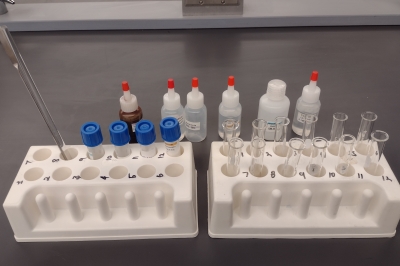
Graduate students mostly made those videos. But they had their own classes and research to adjust, which was particularly challenging when their graduate research involved experimental work and lab equipment. Students and faculty prioritized written work for publications or reports and expanded computational elements to their dissertation projects so progress could occur outside of the laboratory. When labs could be opened, they scheduled staggered lab time.
Virtual Boosts and Bumps
Not all technology was a pandemic silver lining. It was a ray of sunshine or storm clouds or fog based on differences in instructors’ tech comfort, teaching style, internet access, class size and student engagement.
"The biggest thing is to try and have fun with the situation. I had a lot of fun developing new things and setting up my studio. I also really liked the control I had over the learning environment through Zoom."
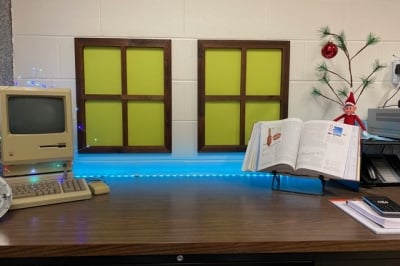
While lab prep and videos, troubleshooting errors, prepping experiments and talking to Zoom’s off-camera black boxes tended to drain instructor time and energy, many found discussions and connection blossomed in virtual spaces. For some instructors, the pandemic and teaching online forced them to think critically about how best to communicate and share knowledge with their students. The reflection forged them into stronger teachers with more empathy, deliberate lesson plans and a higher tolerance for uncertainty, which helped them navigate those emotions and difficulties with their students.
"Physical Chemistry is a class that most students are intimidated by. So, naturally, students were concerned about its outcome. At the beginning of the semester, they were very worried, and that’s why I tried to be as available as possible to them. After the first couple of weeks, they realized that everything was going to be all right and that the course was organized in a way that would help them to learn and provide them with the best experience possible, given the situation."
"Like much of the rest of society, we became quite comfortable with the way we had been doing things for years, and hadn't ever anticipated needing to figure out a drastically different mode of operation. Our goal now is to embrace a comfortable discomfort, where we live in the mode of evolution and transformation to ensure that we're always providing students with the highest quality of academic support possible."
Supplemental Instruction Improves Grades
However, it’s not always an instructor or TA helping a student. Michigan Tech’s education is built around teamwork and peer-to-peer learning, which became a significant challenge during the pandemic. That’s why the Chemistry Learning Center, among others, stepped up to make sure MTU’s Supplemental Instruction (SI) programs did not succumb to the pandemic’s pressures.
Chemistry Learning Center: Student Coaches
Athletes have coaches to help them train, practice and master their sport. The athletes do the work; coaches help them reach optimum performance. Likewise, chemistry students practice, read and work to become proficient in chemistry while Chemistry Learning Center coaches serve as guides. Learn more about peer-to-peer learning.
SI is a peer-facilitated group learning program: Student leaders adapted online tools such as PollEV, Zoom polls and EasyPoll to digitally read the room, and whiteboard apps like Google JamBoard to draw compounds and balance equations, along with online review games like Kahoot and JeopardyLabs. The Chemistry Learning Center reports that regular attendees earned a whole letter grade higher on average than their non-attending counterparts during the 2020-21 year.
The 2021-22 year is fast approaching and may bring its own challenges — but the resilience and creativity of MTU's chemistry instructors have better positioned the entire University to handle them. Their efforts are a reminder to stop, breathe, catalyze a little calm and offer some gratitude for all our teachers before fall 2021 classes begin.
"Recreating the lab experience is extremely challenging — truthfully, it’s heroic."
Michigan Technological University is an R1 public research university founded in 1885 in Houghton, and is home to nearly 7,500 students from more than 60 countries around the world. Consistently ranked among the best universities in the country for return on investment, Michigan's flagship technological university offers more than 185 undergraduate and graduate degree programs in science and technology, engineering, computing, forestry, business, health professions, humanities, mathematics, social sciences, and the arts. The rural campus is situated just miles from Lake Superior in Michigan's Upper Peninsula, offering year-round opportunities for outdoor adventure.
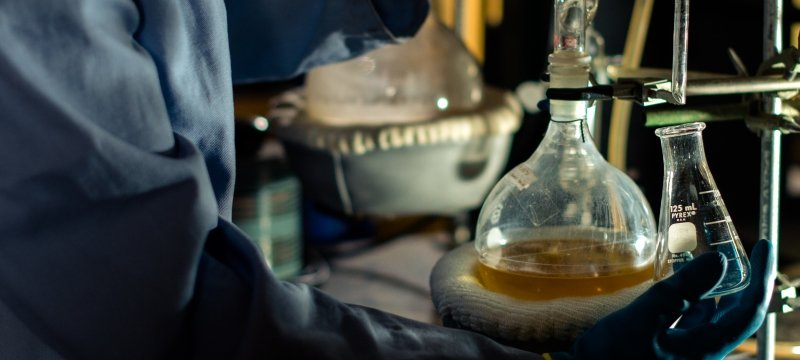
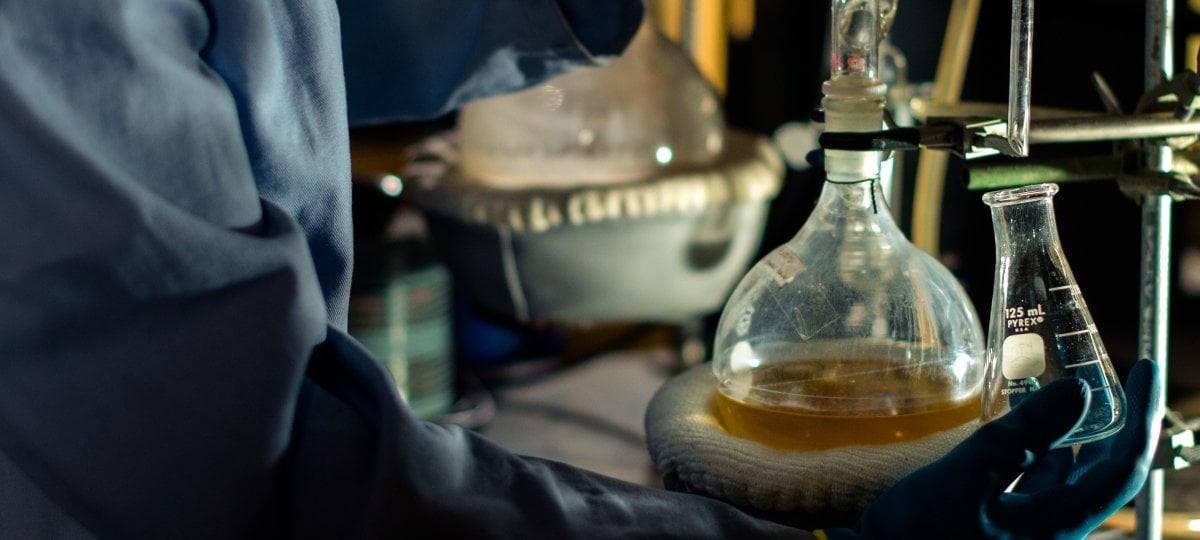
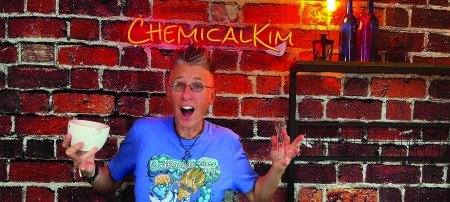
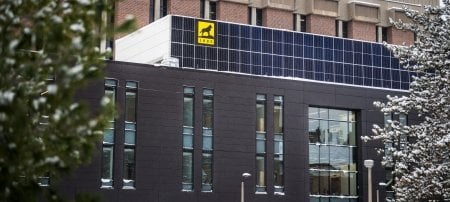
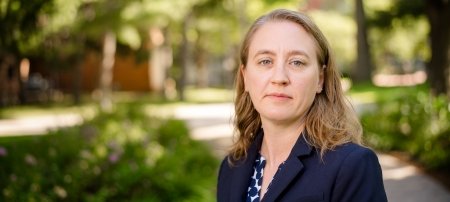
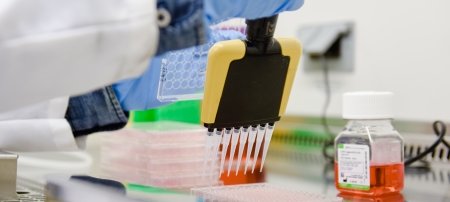
Comments